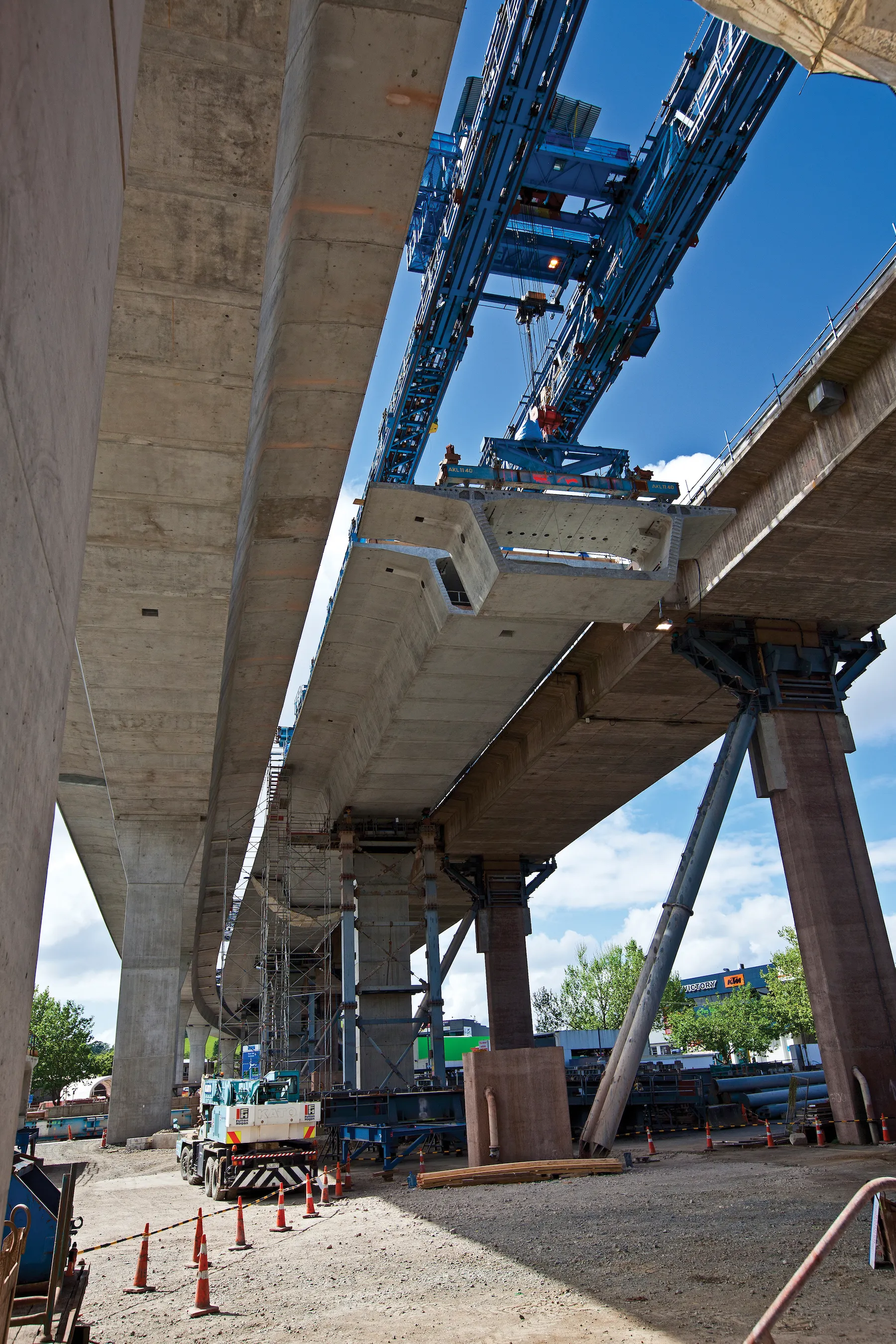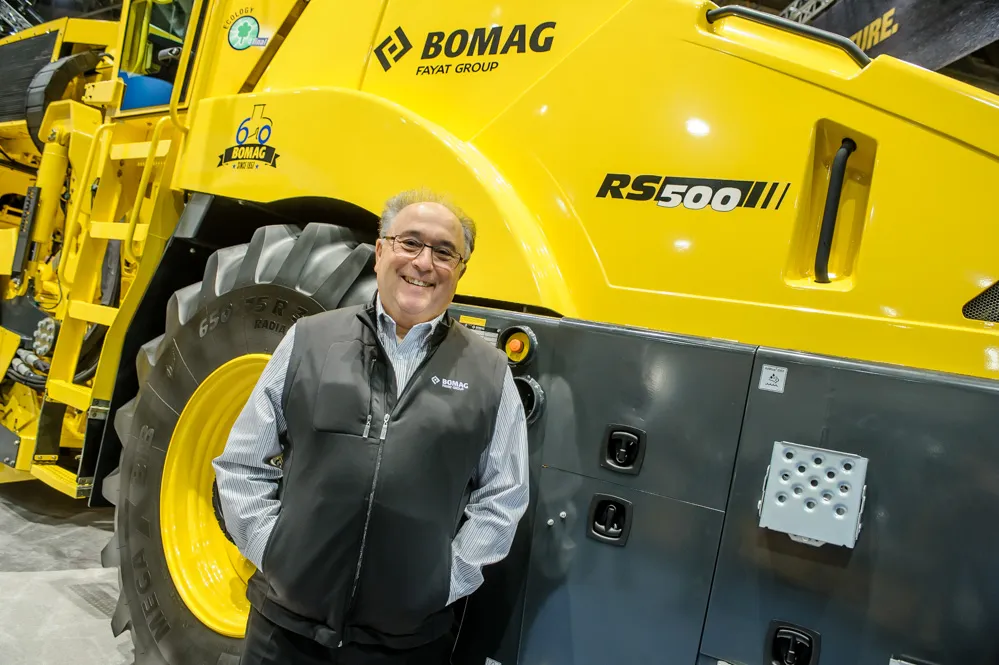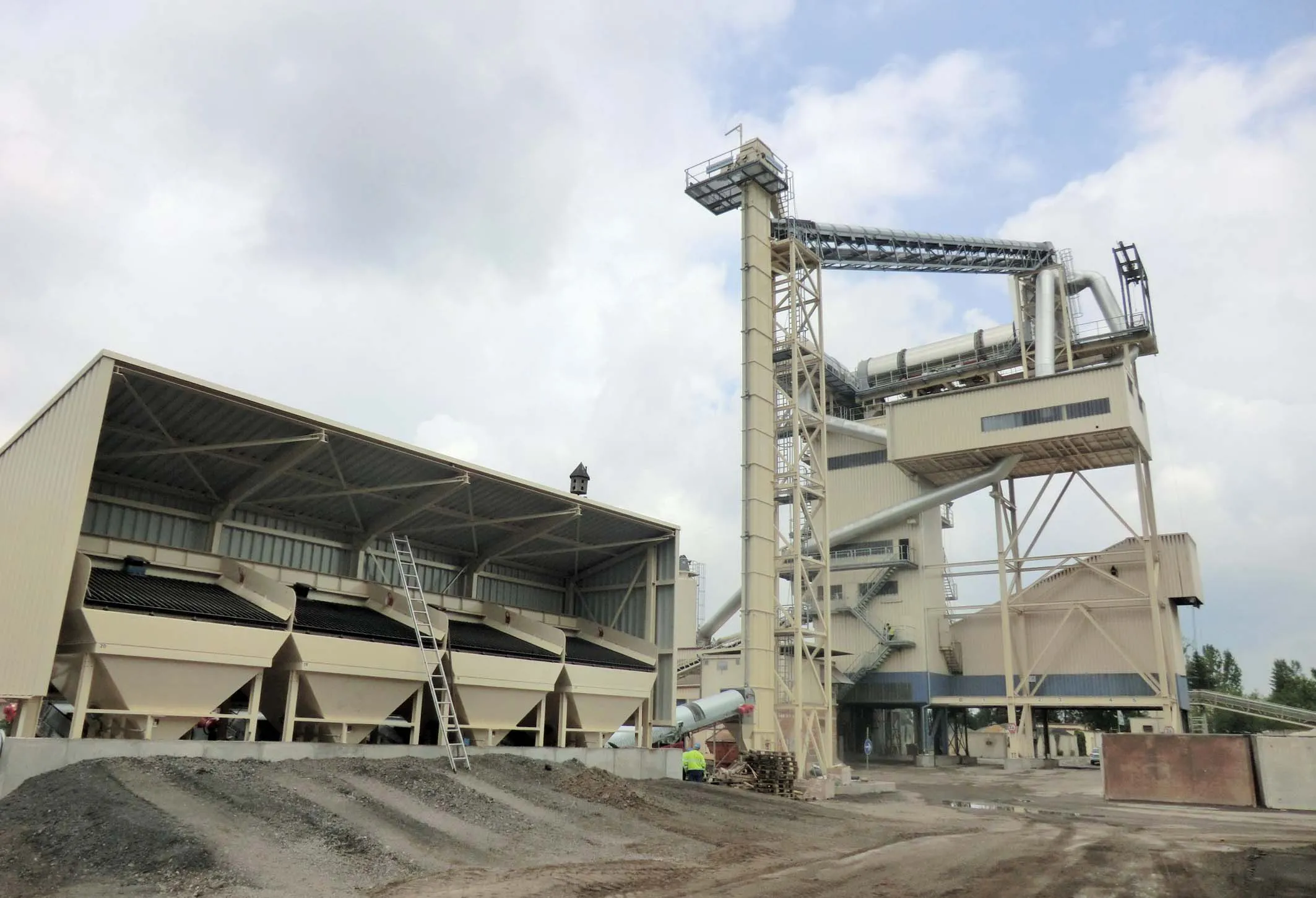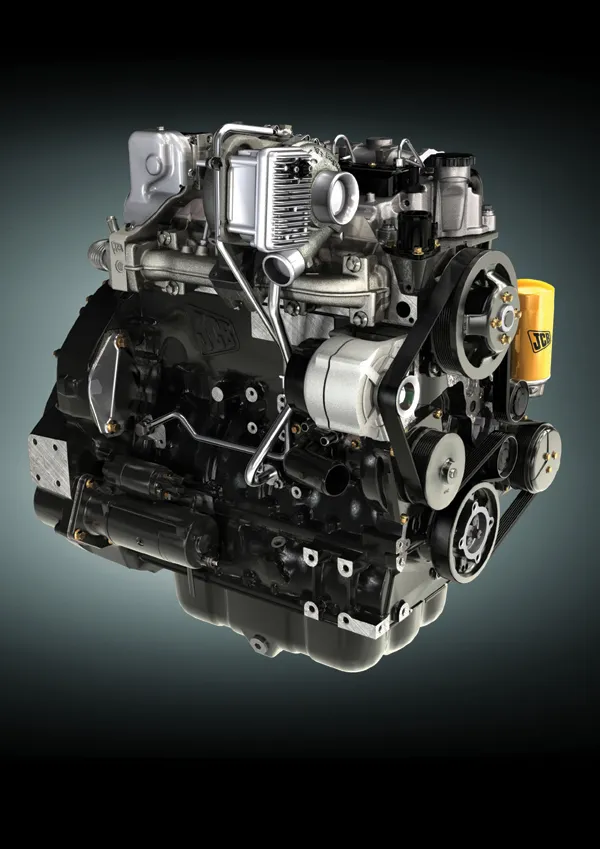Bell customers across Europe are to receive their replacement articulated dump truck parts quicker than ever before after the South African hauling giant completes its new giant logistics facility in Germany.
January 6, 2017
Read time: 2 mins
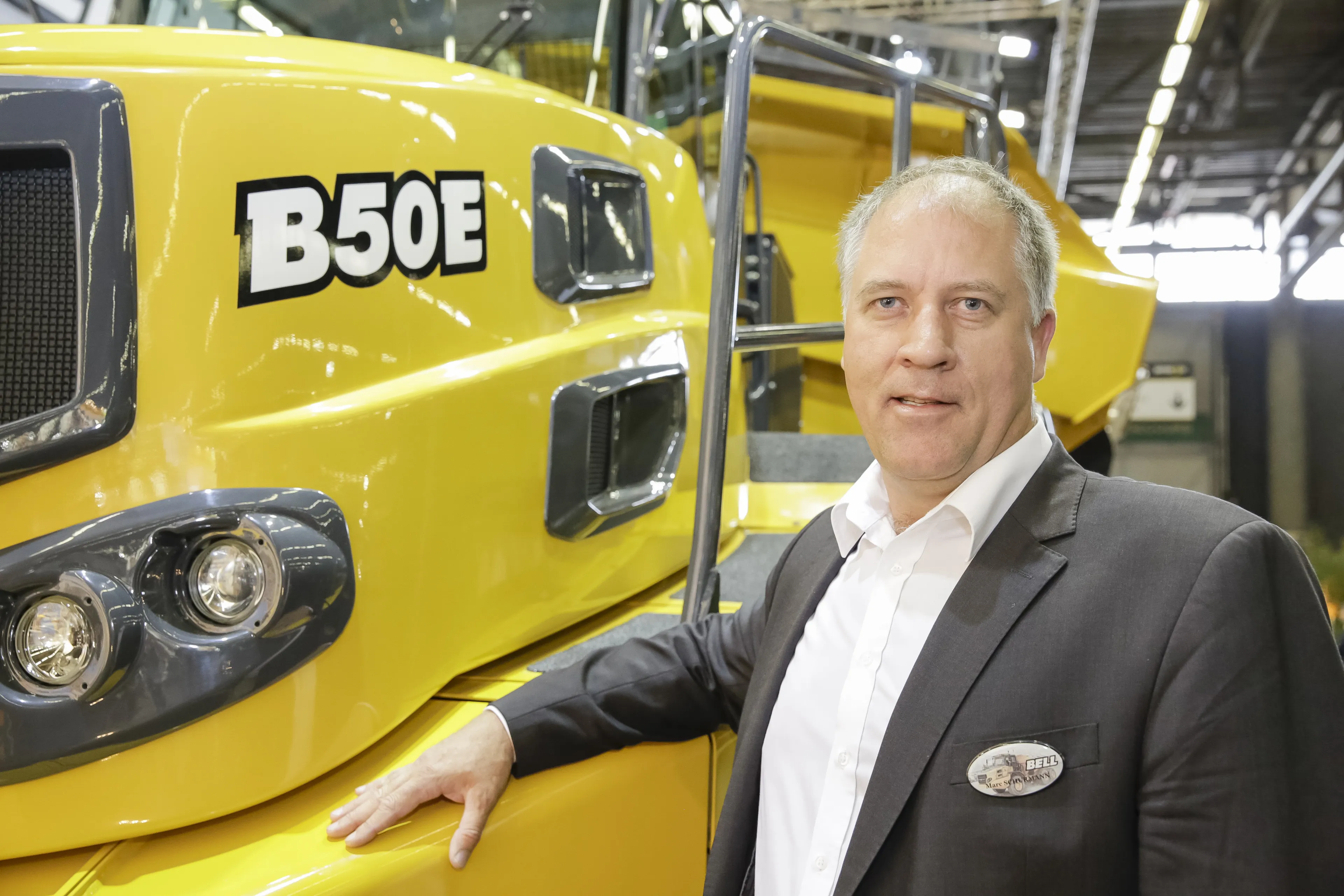
Marc Schürmann, Bell’s Europe managing director, told The Daily News that the new facility in Alsfeld, central Germany, will be 12,000m², compared to the current 7,000m² facility on an adjacent site.
“It’s on the cusp of two north, south, east and west autobahn crosses in Germany. The location almost right in the centre of Germany. It’s an hour’s drive from Frankfurt, so we can have a parts pick up late afternoon, get it on the plane at night, and deliver it to the customer or dealer the very next morning.
“With the changes to the E-Series, we bought additional property and aim to do a green field development of a new facility that will be ultra-modern and have all the latest technology. From that facility we hope to deliver 24-hours-a-day.”
Bell’s final assembly facility for the Northern Hemisphere is also only one hour’s drive from Alsfeld in Eisenach – near the former East German border.
Schürmann also said that Bell was planning to bring a 60 tonne E-Series ADT onto the market by the end of next year, following the launch later in 2015 of its 50 tonne payload B50E model – a prototype of which has been exhibited this week at INTERMAT 2015. The B50E is equipped with a Stage IV/Tier 4 Final emissions compliant MTU 6R1300 engine.
“The B50E offers a five per cent improvement on fuel efficiency than our other ADTs, due to the latest engine technology on the model. We also focus on every component to give us the best weight to performance benefit, which sets us apart from many of our competitors. We are not bound to use the in-house engine, transmission or axles. We can go out and find the best trucking application.”
Schürmann said Bell expect the B50E to sell well in the UK, and the firm is looking to increase its overall range sales in the large Scandinavian quarrying sector, as well as in high growth potential territories such as North Africa, Turkey and Russia.


